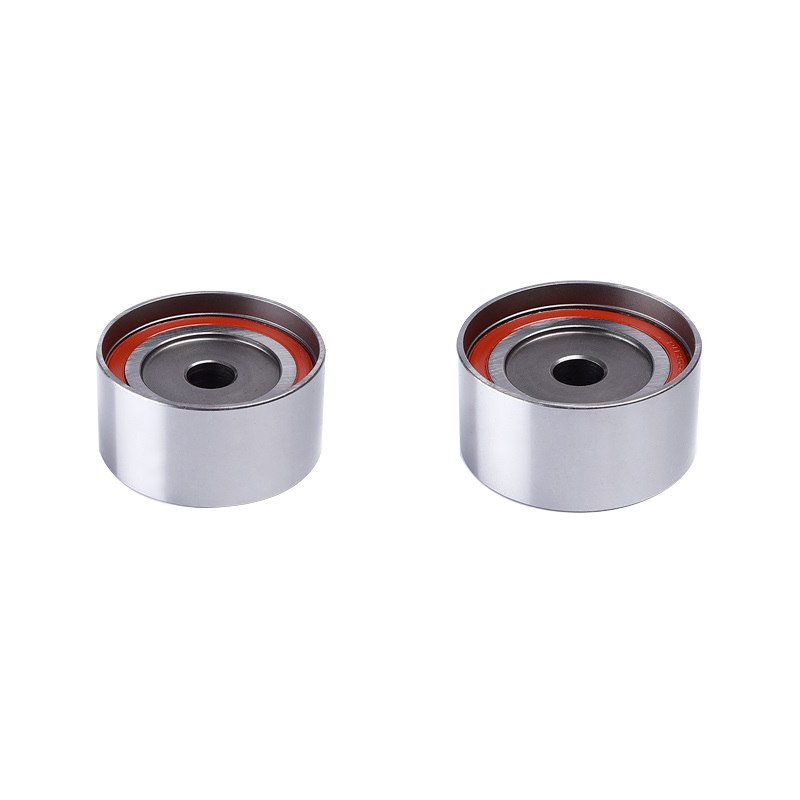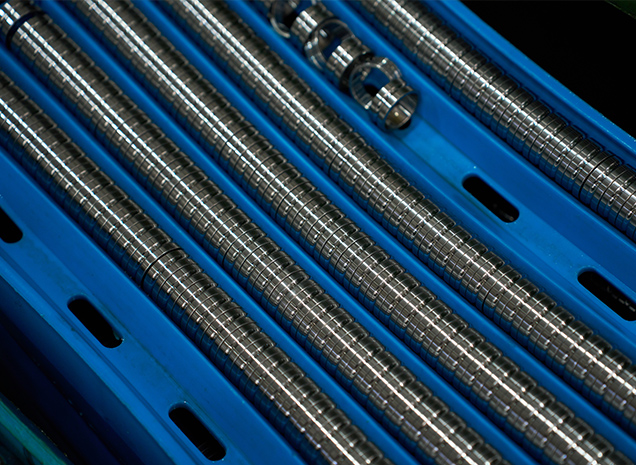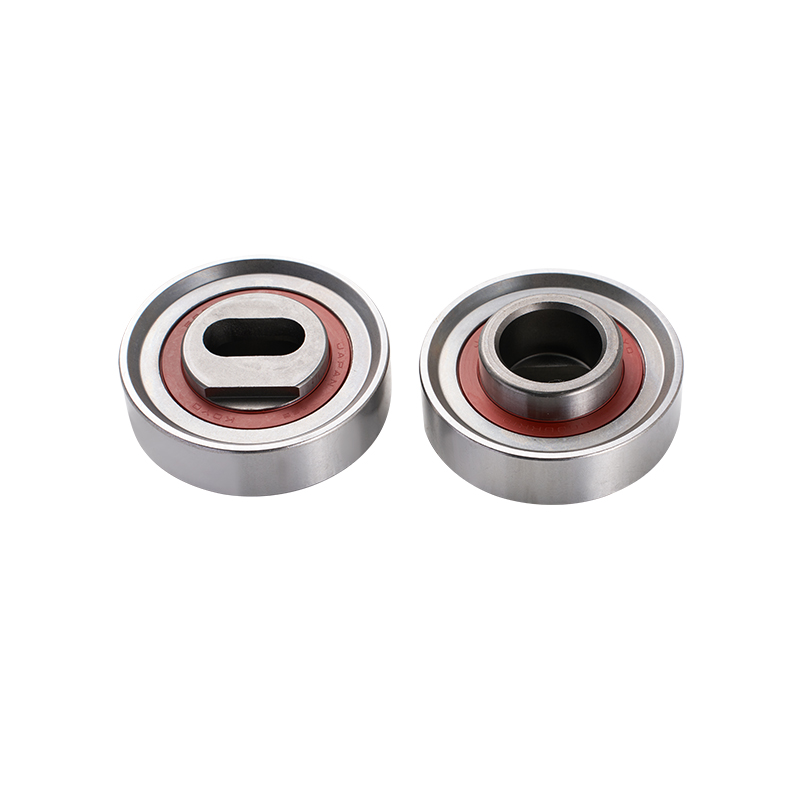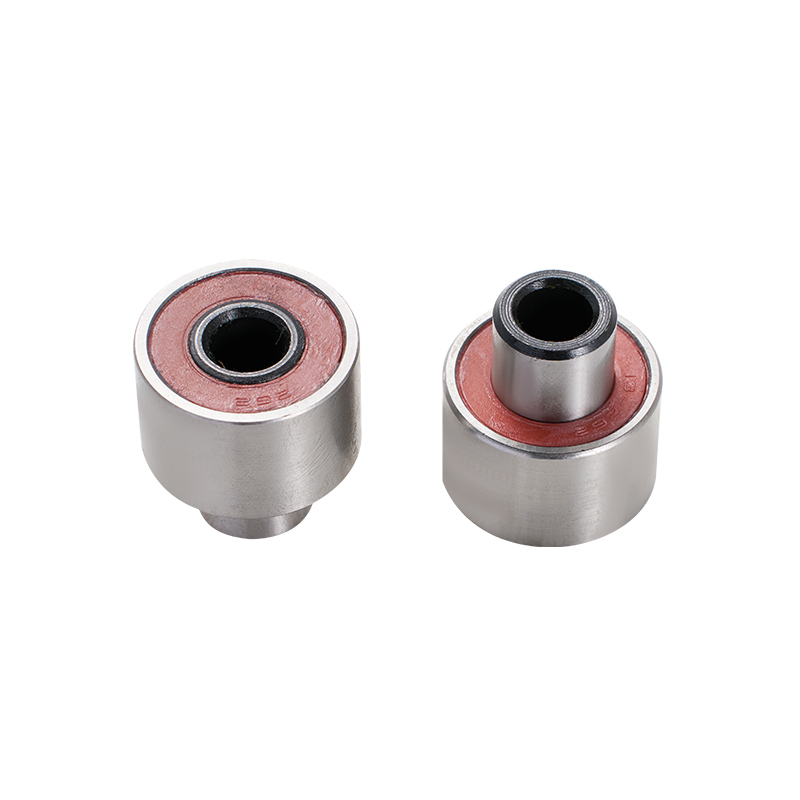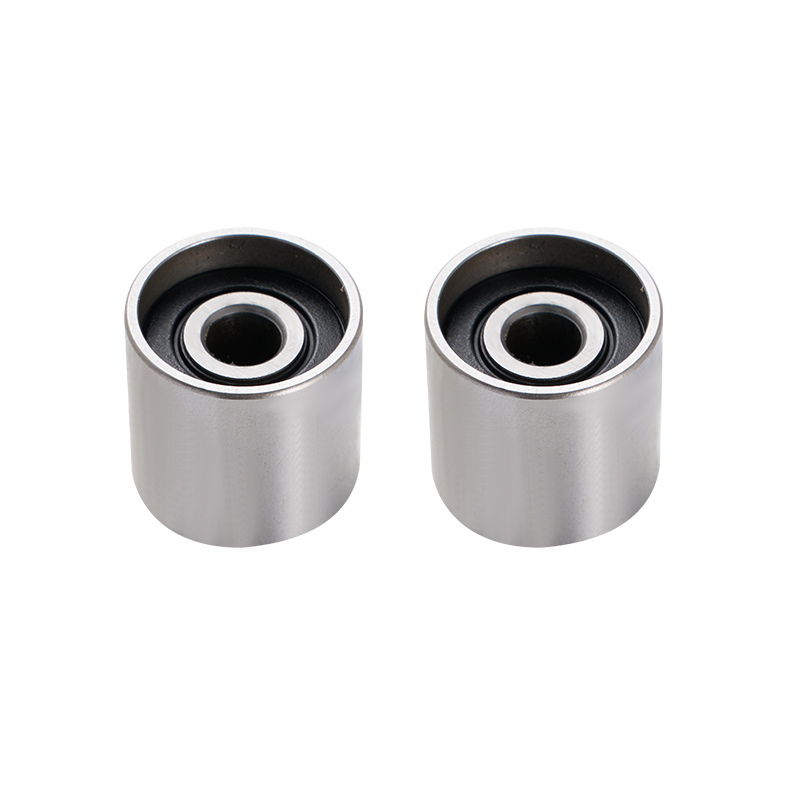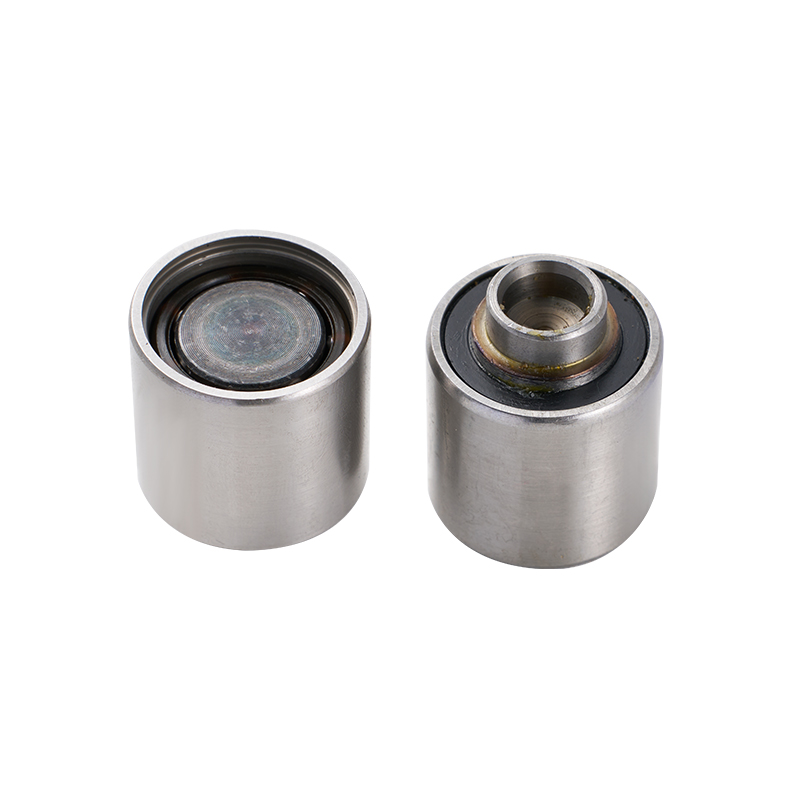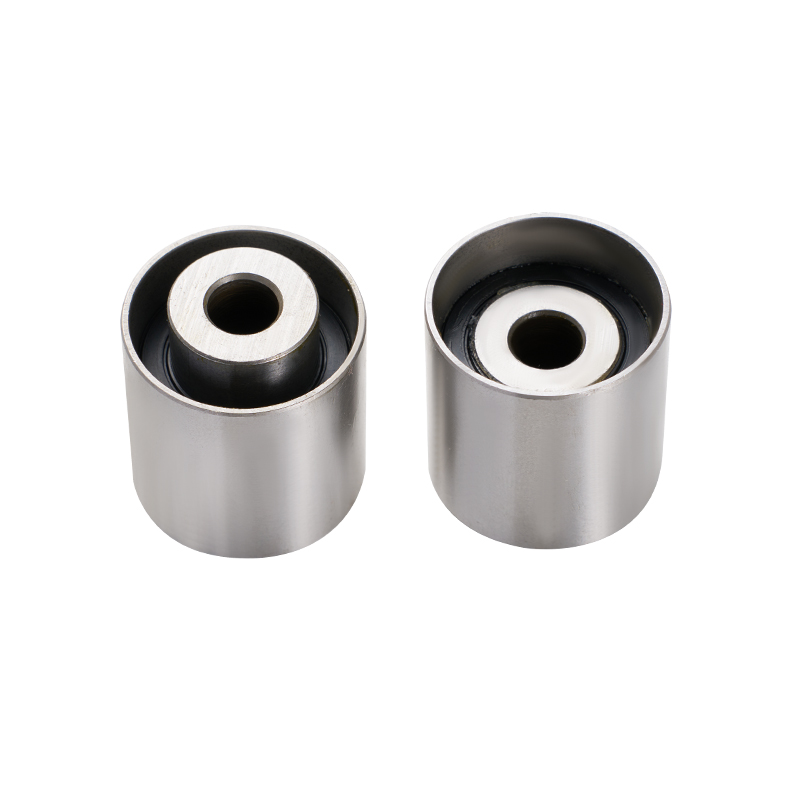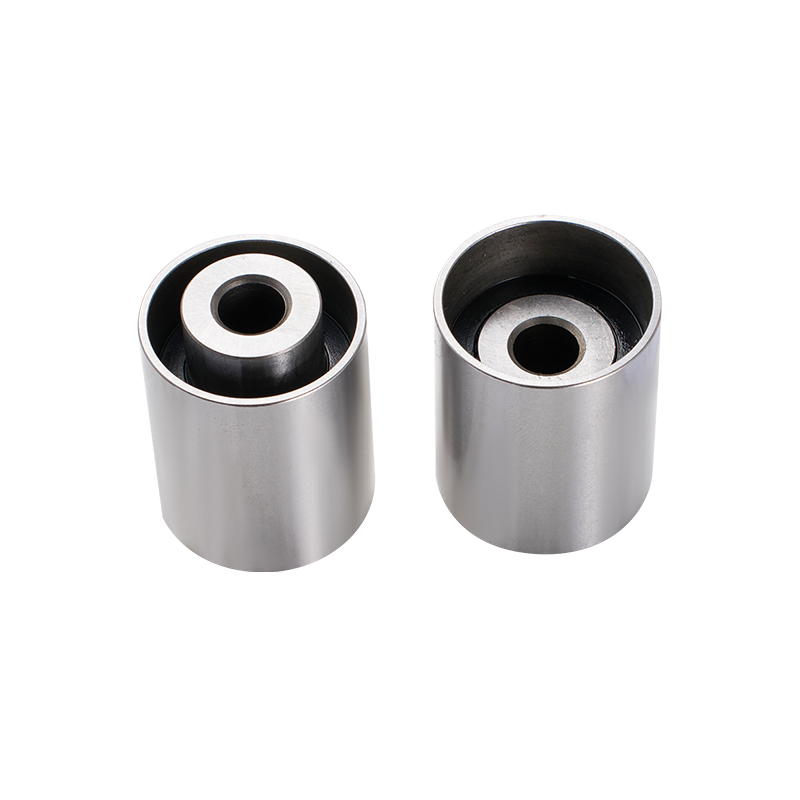More Product Information About 13503-88360/13503-63020 Timing Belt Pulley Bearing
What Are the Key Features of the 13503-63011, 13503-88360, and 13503-63020 Timing Pulley Bearings?
The 13503-63011, 13503-88360, and 13503-63020 are OEM-designated timing pulley bearings engineered to maintain good tension in timing belt systems. These components serve as idler pulleys, guiding the timing belt and ensuring synchronized engine operation. Their design incorporates high speed bearings, allowing them to operate efficiently under the dynamic conditions of engine environments.
How Do These Timing Pulley Bearings Enhance Engine Performance?
By integrating high speed bearings, these timing pulley bearings reduce friction and wear within the timing system. This ensures smoother operation, minimizes energy loss, and contributes to the overall efficiency and longevity of the engine. The precise engineering of the timing pulley with bearing design allows for consistent belt tension, which is crucial for maintaining accurate engine timing and preventing potential mechanical failures.
In Which Vehicles Are These Timing Pulley Bearings Commonly Used?
These timing pulley bearings are compatible with a range of Toyota and Lexus models. For instance, the 13503-63011 is used in various Toyota Camry and Celica models from the 1980s to early 2000s. The 13503-88360 and 13503-63020 are found in Toyota Avensis, Carina E, and certain Camry models, particularly those equipped with 3S-FE and 5S-FE engines. Their widespread application underscores their reliability and the importance of high speed bearing integration in maintaining engine performance.
What Makes the High Speed Bearing Design Advantageous in These Components?
The incorporation of high speed bearings in these timing pulley bearings offers several benefits:
Enhanced Durability: High speed bearings are designed to withstand the rapid rotations and stresses of engine operation, reducing the likelihood of premature failure.
Improved Efficiency: By minimizing friction, these bearings contribute to smoother belt movement and better fuel efficiency.
Reduced Maintenance: The robust design of high speed bearings means less frequent replacements and inspections, saving time and costs in the long run.
How Does the Timing Pulley with Bearing Design Benefit Engine Systems?
The timing pulley with bearing configuration simplifies the assembly and maintenance of the timing system. By integrating the pulley and bearing into a single unit, it ensures precise alignment and reduces the risk of misinstallation. This design also facilitates easier replacements and contributes to the overall reliability of the engine's timing mechanism.
Where Can One Source These Timing Pulley Bearings?
These timing pulley bearings are available through authorized dealers and specialized automotive parts suppliers. Ensuring the purchase of genuine parts is crucial for maintaining the integrity of the engine's timing system. It's recommended to consult with certified technicians or refer to the vehicle's service manual to confirm the correct part number and specifications before procurement.
What Maintenance Practices Ensure the Longevity of These Components?
Regular inspection of the timing system is essential. Signs of wear, unusual noises, or belt misalignment should prompt immediate evaluation. Replacing timing pulley bearings at manufacturer-recommended intervals, especially those with high speed bearing designs, ensures continued engine performance and prevents potential failures.
Are There Aftermarket Alternatives to These OEM Components?
While aftermarket options exist, it's vital to ensure they meet or exceed OEM specifications. The precision required in timing systems means that substandard components can cause engine inefficiencies or damage. Opting for parts that incorporate high speed bearing technology and adhere to strict quality standards is advisable.
What Role Do These Components Play in Overall Vehicle Reliability?
Timing pulley bearings, especially those with integrated high speed bearings, are pivotal in maintaining engine synchronization. Their proper function ensures that the engine operates smoothly, efficiently, and safely. Neglecting their maintenance or using inferior replacements can compromise engine performance and cause costly repairs.
How Do These Components Reflect Advances in Automotive Engineering?
The evolution of timing pulley bearings, with the integration of high speed bearing technology, showcases the automotive industry's commitment to enhancing engine performance and reliability. These advancements contribute to longer service intervals, improved fuel efficiency, and overall better driving experiences.



 English
English русский
русский